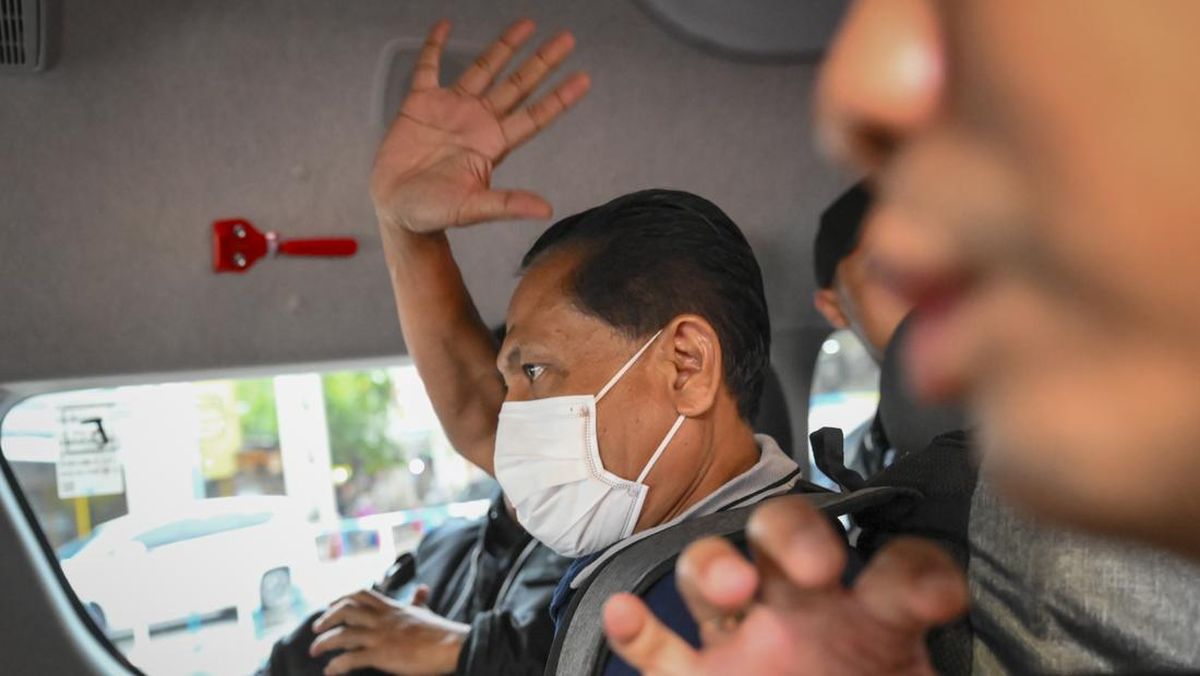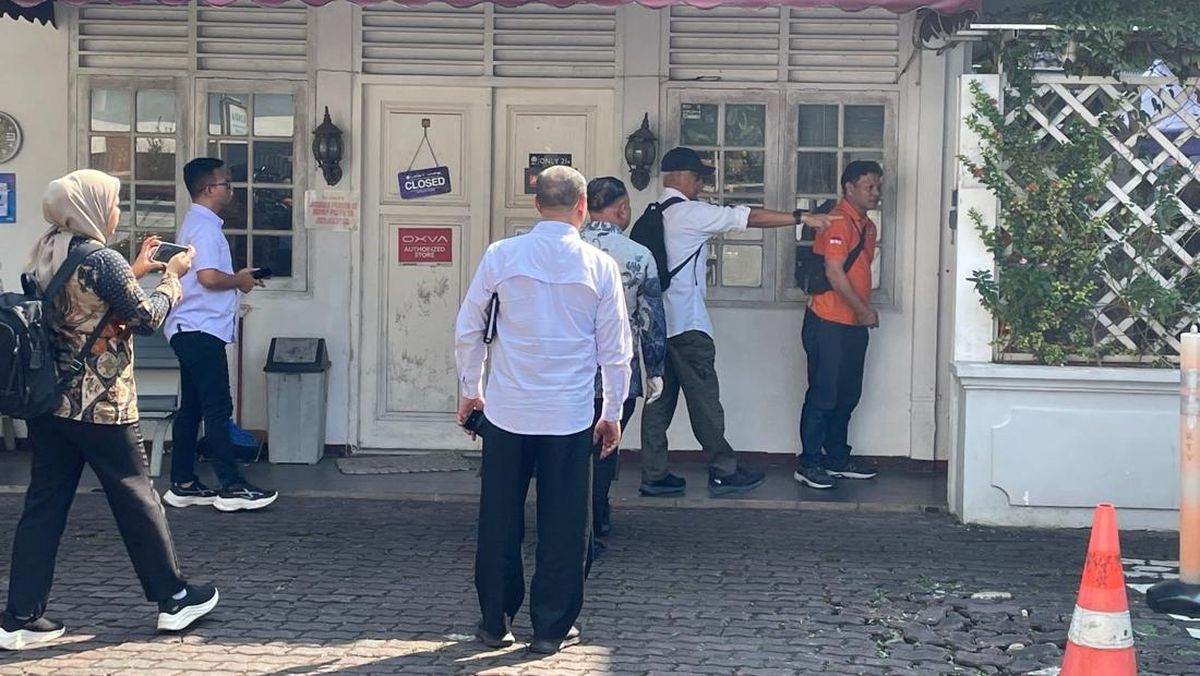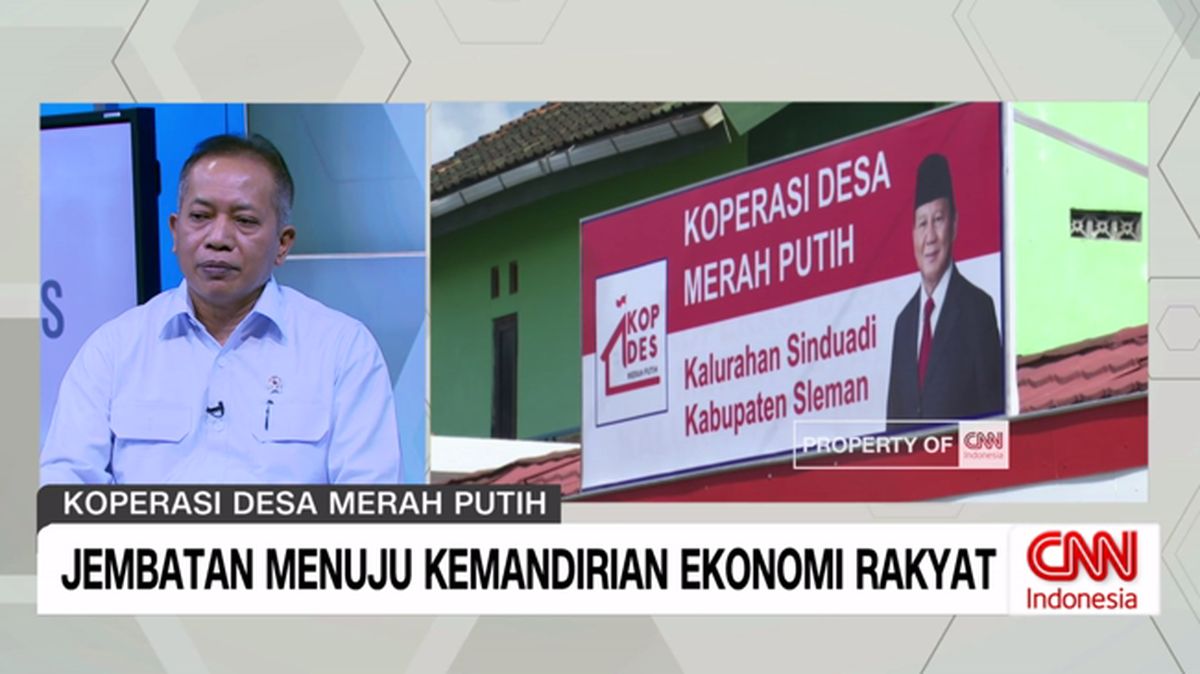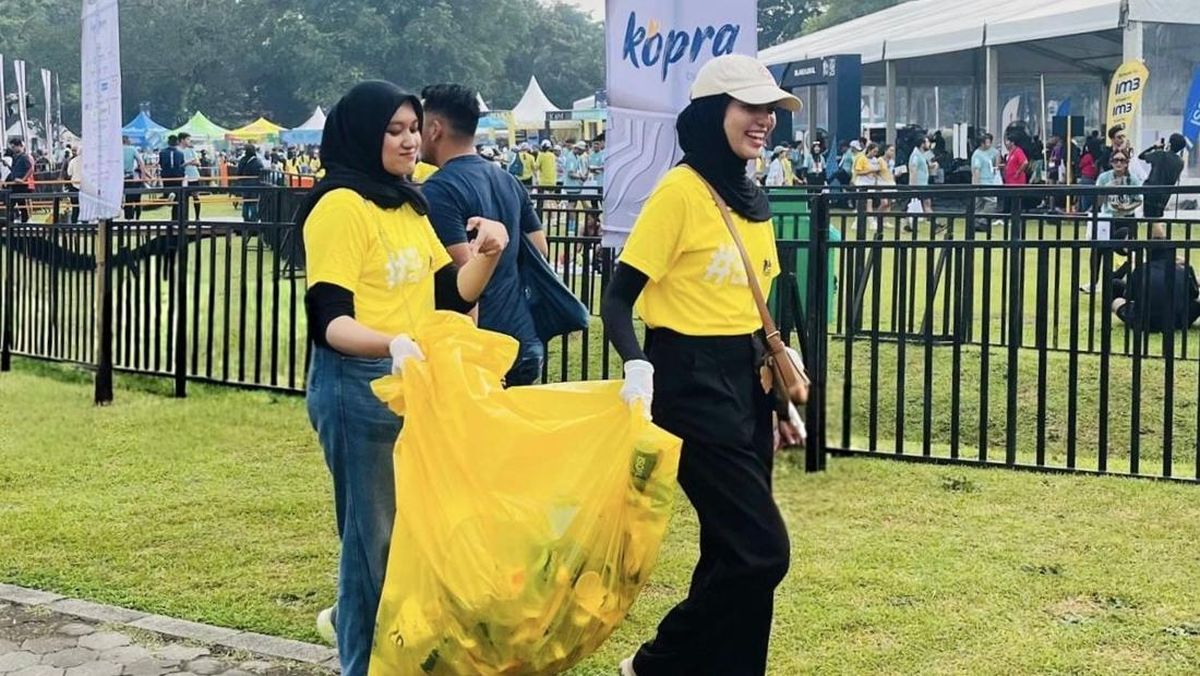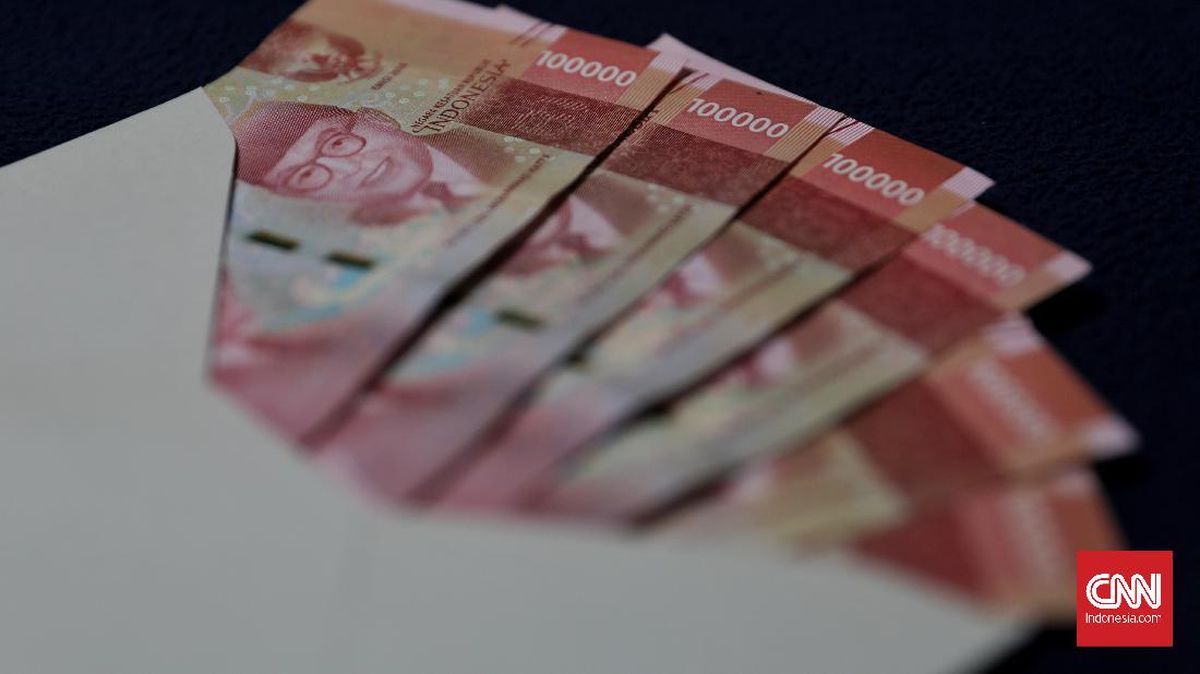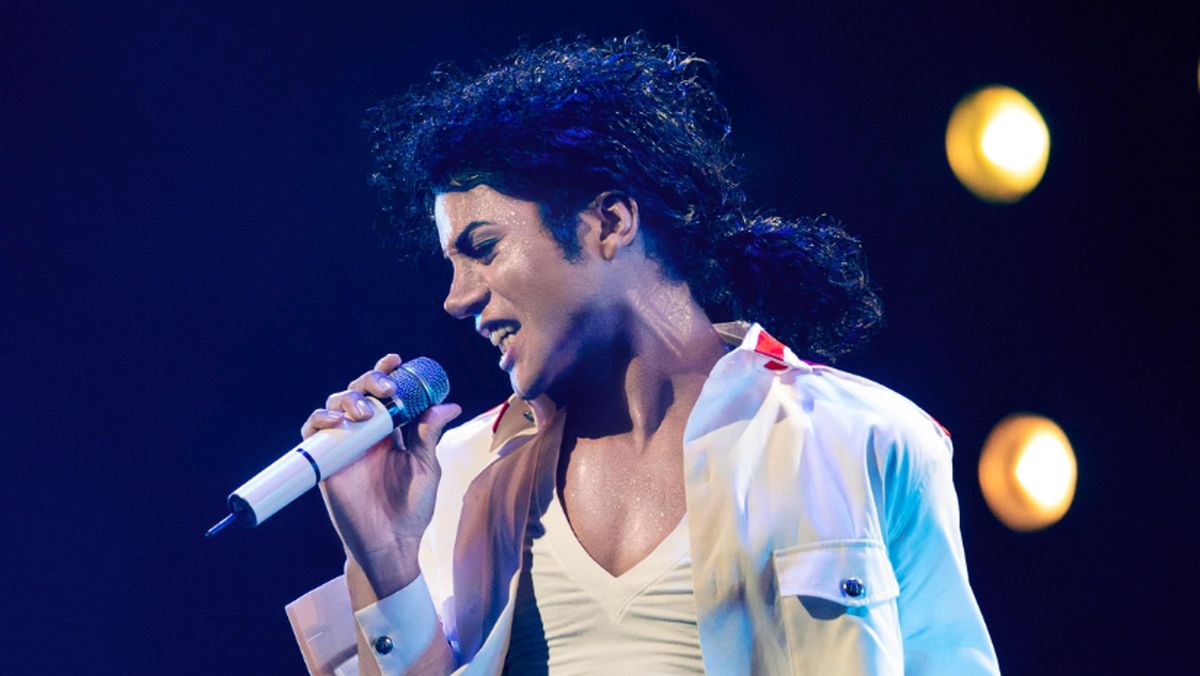A small triangle of former industrial land in Greenacre is now an unlikely oasis for Sydney’s endangered green and golden bell frogs.
The large, charismatic tree frog species – a misnomer since it does not live in trees – is green with gold markings that glint in sunlight. Once plentiful in Sydney and all along the east coast, the green and golden bell frog was devastated by the exotic chytrid fungus several decades ago.

Dr Arthur White from the Frog and Tadpole Study Group holding a green and golden bell frog.Credit: Janie Barrett
“When I grew up in Sydney, every kid had green and golden bell frogs in their backyards, but then in the late ’60s, early ’70s, the big die-off happened,” said Frog and Tadpole Study Group president Dr Arthur White.
“I was about 17, and I lived near Eastlakes wetlands, so I went out to count them and documented the extinction in real time. I was so shocked that something like that could happen and no one seemed to care.”
White later published his data in scientific papers and went on to become a herpetologist (amphibian scientist) and environmental consultant.

Dr Arthur White standing in a basin that is part of a frog sanctuary on former industrial land in Greenacre.Credit: Janie Barrett

The frog sanctuary in Greenacre is surrounded by industry and the rail line for the intermodal port.Credit: Nic Walker
Five years ago, Strathfield Council was scratching for ideas about what to do with a derelict pocket of land, wedged between two concrete companies, a canal and the railyards, and overrun with lantana, cestrum and other weeds.
White suggested creating habitat for green and golden bell frogs, which had lived on the site until the 1990s when the old brick pit was filled in for redevelopment. Council eventually greenlit the project.
It took several years to clear the land and construct the frog sanctuary – two shallow basins filled with bulrushes with three artificial ponds, one for the adult frogs, one for the babies so they are not eaten by their parents, and one with brackish water to help manage the chytrid fungus. Netting over the top of the ponds protects the frogs from opportunistic ibises, and the habitat has also attracted common eastern froglets.
To attract the green and golden bell frogs, a primary colonising species that can move large distances to seek out fresh sites, White and other volunteers had to advertise.

Green and golden bell frogs were once plentiful in Sydney, but they were hit hard by the exotic chytrid fungus.Credit: Janie Barrett
“Once we had the site set up, we’d come in here every night, on dusk, for two hours with these amplifiers, and we’d blast bell frog songs out towards Bankstown, over the top of the factories and everything,” White said. “Five weeks later, the first bell frog turned up here.”
Cooks River Alliance senior engagement officer Jason L’Ecuyer said the canal that runs alongside the site is Coxs Creek, part of the catchment for the Cooks River, an intensely urbanised river that flows south to Botany Bay.
L’Ecuyer said the wider context for the project was the global movement to revalue and rehabilitate urban waterways and surrounding ecosystems.

Coxs Creek, a canal that runs alongside the Greenacre frog sanctuary, is a tributary of the Cooks River.Credit: Nic Walker
“A lot of people in the areas where the Cooks River looks like a river are really confused as to why it’s so difficult to revive an urban river like the Cooks,” L’Ecuyer said.
“But if you asked anyone around [Greenacre] where the Cooks River is, I doubt anyone would be able to tell you ... and most people wouldn’t even know that Coxs Creek is here because it’s been so concreted and channelised.”
Dr Jodi Rowley, a curator in amphibian and reptile conservation biology at the Australian Museum and conjoint associate professor in the Centre for Ecosystem Science at the University of NSW, said green and golden frogs had lost 90 per cent of their range. They were now near threatened at international level, vulnerable nationally, and endangered in NSW.
“Prior to the 1980s, the frog used to be so common that it was used in dissections at universities and high schools, and people used to catch it to feed it to their pet snakes, so it was certainly a really common and familiar species,” Rowley said.

Jason L’Ecuyer from the Cooks River Alliance and Dr Arthur White from the Frog and Tadpole Study Group show one set of three artificial ponds covered in bird netting.Credit: Janie Barrett

A green and golden bell frog at the sanctuary on a former industrial site in Greenacre.Credit: Nic Walker
“Because it can tolerate human disturbance a bit, it was around people’s backyards and in the golf courses. It’s a large frog that sun bakes … so it would sit on reeds out in the open, it’s beautiful, and it has a very distinctive call as well, so they were pretty easy to notice.”
Rowley said chytrid fungus eats the keratin in the frog’s skin – used for breathing and drinking – and mouth parts of the tadpoles, and that it hit some frog species harder than others.
Frogs are some of the most threatened animals worldwide. Rowley said more than 40 per cent of all amphibian species were threatened with extinction, and Australia had already lost at least four, and probably closer to eight species of frog.
Rowley said Sydneysiders could help by keeping their cat inside, having a frog pond in their garden, and joining citizen science efforts to count frogs such as through the museum’s Frog ID app or the iNaturalist website.
Get to the heart of what’s happening with climate change and the environment. Sign up for our fortnightly Environment newsletter.
Most Viewed in Environment
Loading


